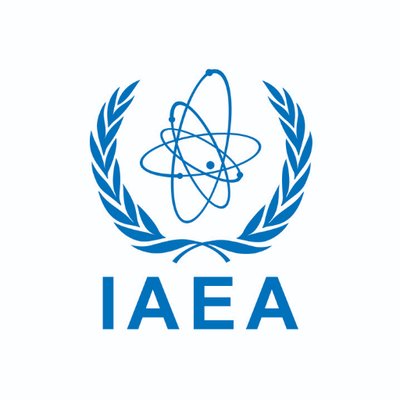Reactor operator utilizes experience to convert core from HEU to LEU fuel: IAEA
In 2018, the reactor core was converted in a project initiated by the Nigeria Atomic Energy Commission (NAEC) and supported by China, Norway, the United Kingdom, the United States, and the IAEA.

- Country:
- Nigeria
An International Atomic Energy Agency (IAEA) team of experts said the operator of a research reactor in Nigeria has demonstrated a high commitment to enhancing safety following the conversion of the reactor core to use low enriched uranium (LEU) as fuel instead of high enriched uranium (HEU). The team also made recommendations for further strengthening safety.
The Integrated Safety Assessment for Research Reactors (INSARR) team concluded a five-day mission today to assess the safety of the Nigeria Research Reactor-1 (NIRR-1). Originally commissioned in 2004, the NIRR-1 is a Miniature Neutron Source Reactor operated by the Centre for Energy Research and Training (CERT) at Ahmadu Bello University in the northern city of Zaria. It is used for scientific research, neutron activation analysis, and education and training.
In 2018, the reactor core was converted in a project initiated by the Nigeria Atomic Energy Commission (NAEC) and supported by China, Norway, the United Kingdom, the United States, and the IAEA.
“The reactor operator has effectively utilized experience gained from similar facilities to successfully convert the core from HEU to LEU fuel,” said team leader David F. Sears, Senior Nuclear Safety Officer at the IAEA. “The operator is showing a high commitment to safety. However, there is a need for further improvements, particularly in areas related to organizational measures, safety documentation, and operational safety.”
The four-member team was comprised of experts from India, Jamaica and the IAEA. The mission, using IAEA safety standards, focused on organizational and management aspects as well as technical areas including safety analysis, operation and maintenance programs, radiation protection and emergency preparedness. The team visited the reactor and met with NIRR-1 officials.
“We appreciate the continued support of the IAEA, which will help us to return to normal operation after the core conversion activities. The INSARR mission has made a recommendation for further safety improvements in organizational aspects and safety documentation,” said Simon P. Mallam, Chairman of NAEC. “We are committed to implementing the recommendations. The reactor’s continued safe operation will assist our efforts to embark on a new project for a more powerful 10 MW research reactor and will contribute to education and training in view of Nigeria’s nuclear power program.”
Nigeria has decided to include nuclear power in its energy mix to meet the increasing demand for electricity and support economic development. The country has been developing its nuclear power infrastructure for several years.
The INSARR team made recommendations aimed at further improving safety at NIRR-1, including:
Completing the revision of reactor safety documents and operational safety programs to reflect the results of the commissioning of the reactor after the core conversion and to ensure continued safety improvements.
Finalizing the development and implementation of an aging management program in a timely manner, in line with IAEA safety standards.
Finalizing an integrated management system to enhance safety and foster a strong safety culture.
The reactor operator said that it will request a follow-up INSARR mission by 2021.
- READ MORE ON:
- IAEA
- economic development
- nuclear power
- NAEC
- high enriched uranium
- low enriched uranium
- International Atomic Energy Agency
- safety
- Nigeria Research Reactor
- INSARR
- Integrated Safety Assessment for Research Reactors
- Miniature Neutron Source Reactor
- education
- training
- Centre for Energy Research and Training
- Ahmadu Bello University
- CERT
- Nigeria Atomic Energy Commission
- radiation protection
- nuclear power program
ALSO READ
Pakistan Tehreek-e-Insaf seeks intra-party election certificate from Election Commission
Orange Digital Center partners with Coursera to launch free certification training program
Assam tea garden scam leaves workers facing uncertain future, with BJP leaders' relatives implicated: Gaurav Gogoi
Zara owner Inditex demands clarity from cotton certifier accused of standard breaches
Bills and certificates of financial implication presented for first reading










